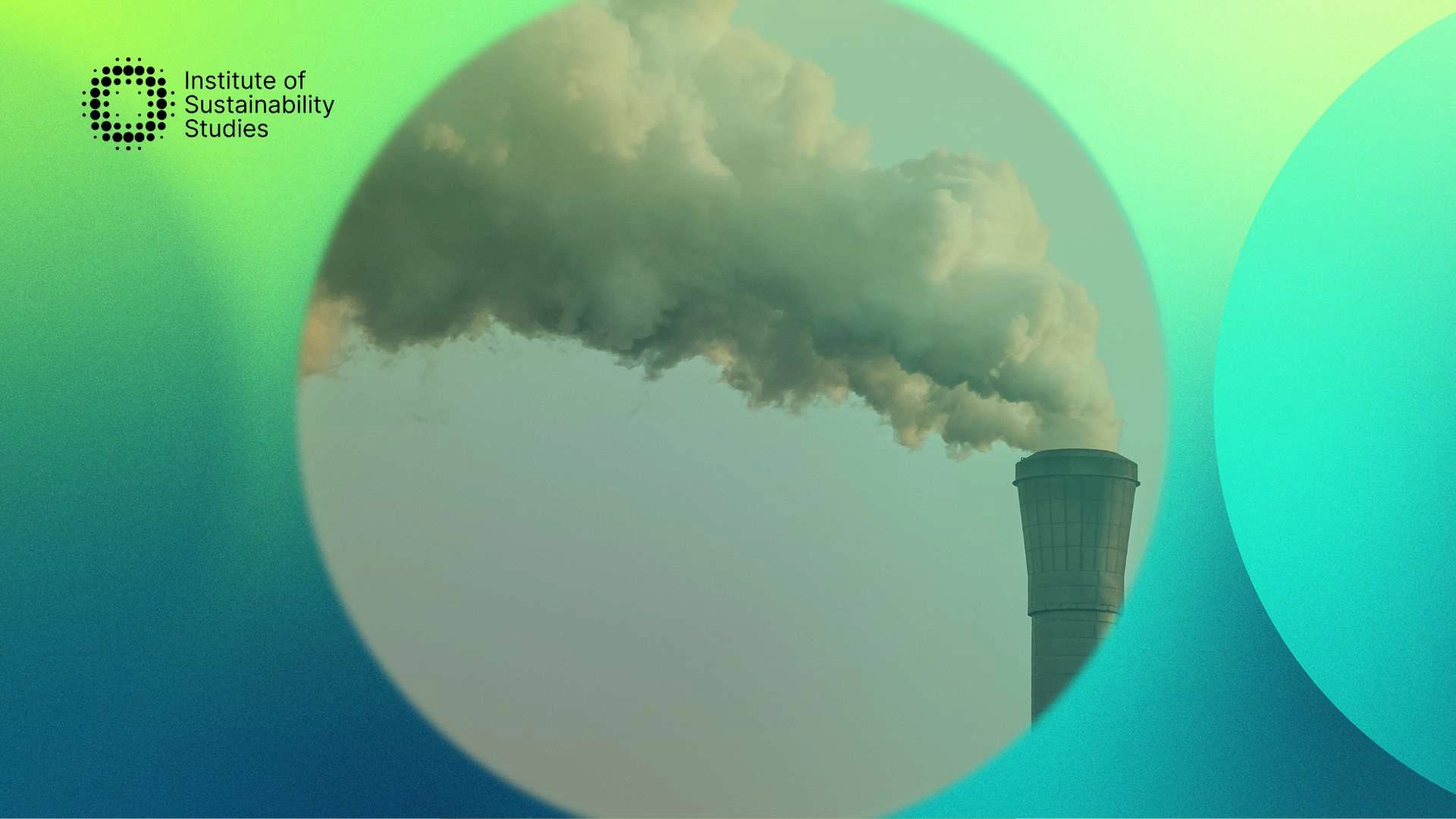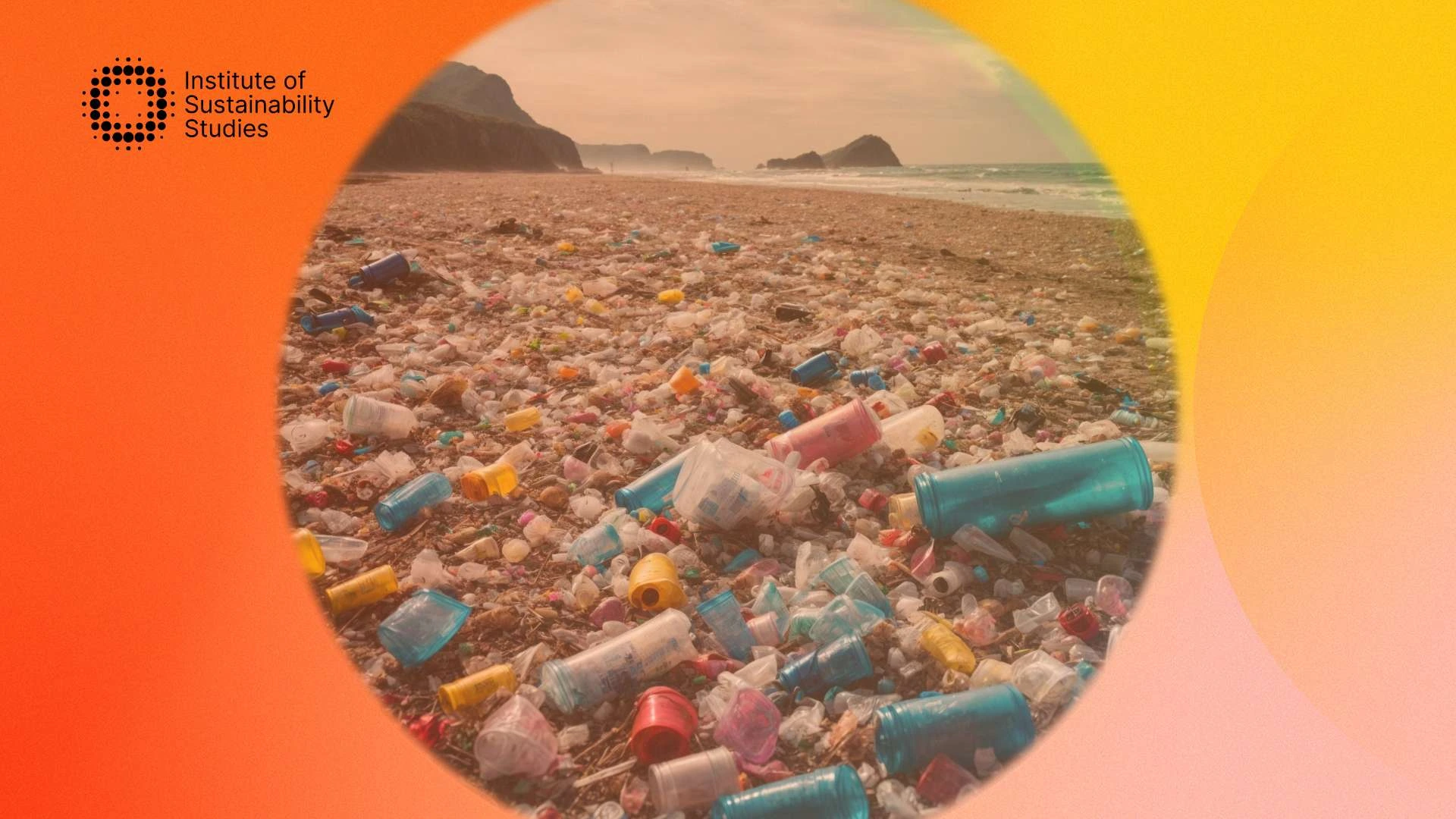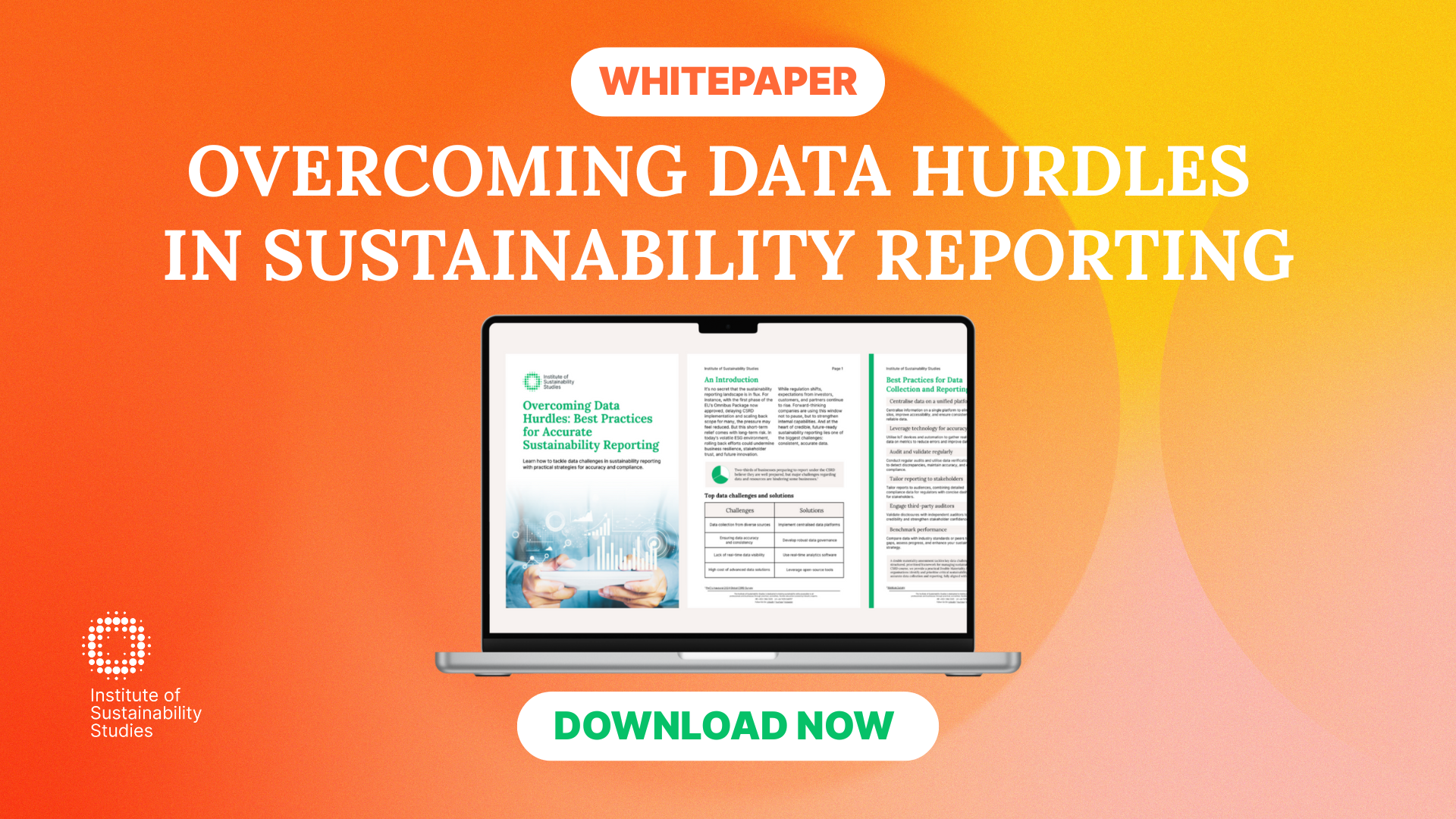The importance of biodiversity to the health of us and our planet cannot be understated. As biodiversity declines at a rapid rate, our ecosystems are also depleting. However, habitats are vital for conserving ecosystems and maintaining the diversity of bird, mammal, insect, and plant populations.
The World Counts reports that in the past 60 years, a considerable 60 percent of the Earth’s ecosystem has been degraded. Damaged ecosystems only exacerbate the climate crisis, place communities and people at risk, and undermine food security. With this in mind, we desperately need to take action to conserve the world’s ecosystems.
Doing so will see us maintain the environment for future generations, conserve and restore diversity for the benefit of both us and wildlife, and offer opportunities for the enjoyment of nature and sustainability education. Keep reading to learn about the urgency of conserving ecosystems to bring about a greener, more resilient planet for all.
What is an ecosystem?
An ecosystem is a region where a variety of living things, including plants, animals, and other types of organisms, work together to produce a bubble of life. All interactions between living beings and their non-living surroundings are included. Every organism in an ecosystem has a certain function to do.
Ecosystems are essentially the foundations of the Biosphere and determine the health of the entire planet system. Where the ‘eco’ refers to a part of the world, the ‘system’ part talks about the coordinating units. Ecosystems can be any size – they can be an entire forest or a small pond.
How does climate change affect ecosystems?
The environmental emergency drastically threatens ecosystems, underscoring the urgency of conserving ecosystems to maintain biodiversity and resilience. Climate, as a pivotal environmental influence, affects ecosystems profoundly; for instance, warming temperatures compel species to migrate to higher elevations or latitudes for survival, altering the natural balance.
By the same token, as the sea level rises, saltwater intrusion into a freshwater system could force certain crucial species to die or relocate. This would therefore remove prey or predators that are vital in the existing food chain. Climate change doesn’t only impact species and ecosystems directly, it also interacts with various other human stressors. One of these includes development.
Whilst some stressors can simply cause minimal impacts when acting alone, their collective impact can result in drastic ecological changes. Climate change could, for example, exacerbate the stress that land development puts on fragile coastal areas. In addition, if climate change leads to more intense rainstorms, recently logged forested regions might be more susceptible to erosion.
Some species will adjust to the changing environment by changing their physical traits, how their bodies work, and how they behave. In saying that, others may not be able to adapt so easily. Therefore, the environmental emergency could lead to reductions, expansions, or extinctions of some populations, which impacts the overall biodiversity of a region.
The climate crisis is also affecting the way in which populations and species interact with one another and the planet. The complete ecosystem is affected by these effects, which also alter food webs and increase the spread of invasive species. Of course, climate change can also cause reduced or altered ecosystem services, which are critical to society.
Some services that can be impacted include carbon storage and capture. Finally, the vast majority of animals and plants are reliant on cues from nature. These cues include water and temperature conditions to trigger certain points within their life cycles. However, as the climate warms, these cues can transform at various rates or not at all. As a result, species that depend on one another at various times of the year are no longer able to maintain synchrony.
The advantages of conserving biodiversity and ecosystems
Biodiversity refers to all the different kinds of life you will find in a specific area. This umbrella term focuses on the variety of plants, fungi, animals, and microorganisms that make up our natural world. Each of these organisms and species works collectively in ecosystems to maintain balance and support life. Biodiversity, therefore, supports everything in nature that is crucial to human survival, like clean water, shelter, medicine, and of course, food.
As we continue to place pressure on the Earth by utilising and consuming more resources than ever before, we endanger the balance of ecosystems and risk losing biodiversity. With all this in mind, there are many benefits to conserving biodiversity. Biodiversity specifically promotes food security and stable livelihoods through genetic variety in general. Additionally, the ability of organisms to cope with environmental stressors is down to genes regulating all biological processes on the planet.
Preserving genetic diversity makes sure that the continuing existence of a wide range of crops that could be able to withstand disease, and potentially useful biochemicals like those used in healthcare. This also means the availability of species for pest control and pollination. The ability of species to adapt will decline with genetic variety losses, and we risk losing potentially useful biological knowledge.
Biodiversity has also contributed significantly to advancements in human health research and modern medicine. A wide range of modern pharmaceuticals are extracted from plant species, for example. Without those species that provide these ingredients for the drugs, it is possible that ailments like tuberculosis, congestive heart failure, cancerous tumours, and malaria may never have been uncovered.
Human well-being and health can also be positively impacted by simply spending time in outdoor environments. Conserving biodiversity and protecting various habitats maintains the many advantages that this diversity offers for all species. Highly diverse environments are prime ecosystems that support most species as well as being beautiful, fascinating, and educational recreation sites.
How ecosystems can fight climate change
An excellent example of an ecosystem that is essential in our fight against the environmental emergency is forests. According to the UN, they can sequester up to 30 percent of all the carbon dioxide emissions from the use of fossil fuels. Forests also provide numerous essential benefits, such as influencing regional precipitation patterns and regulating freshwater flows, which play a crucial role in sustaining cities and agriculture.
Forests and their soil can also play an interactive role within the environment, offering additional support to worldwide food security and agricultural production. Since soil is an essential part of woodland and forest ecosystems, it helps to control key ecological processes like nutrient uptake and water availability. If forests are well-managed, they also have the potential to minimise the effects of natural disasters.
Arguably one of the most vital advantages given our current decline, forests are home to a wealth of biodiversity, including bird species, mammal species, plant species, and amphibian species. Rainforests like the Congo Basin, the Borneo, and the Amazon are prime major reservoirs of biodiversity. Additionally, marine ecosystems are one of the world’s greatest allies towards climate change.
Ocean habitats like mangroves and seagrasses, as well as their related food webs, can sequester carbon dioxide from the air at rates up to four times higher than terrestrial forests. They are efficient carbon sinks and absorb around 23 percent of human-created CO2 emissions. You may be aware that mangroves are some of the most carbon-rich ecosystems on Earth. This is because they can store 1,000 tonnes of carbon per hectare in their underlying soils and biomass.
Not to mention, these ecosystems support healthy sustainable fisheries, provide coastal protection against storms and floods, and enhance water quality. Coral reefs are also economically and ecologically valuable ecosystems on our planet. They make up less than 0.1% of the oceans in the globe but are home to more than 25% of the marine biodiversity.
Coral reefs serve up to a billion people with fisheries, sources of medicine, coastal protection, tourism revenues, and recreational advantages. It is for these reasons that experts are searching for ways to utilise our marine ecosystems and oceans to tackle the environmental crisis. Ocean ecosystems also contribute to climate change adaptation through coral reefs, seagrass beds, and mangroves. It is for these reasons that The World Bank has created the Blue Economy approach, which looks at the integrated and sustainable management of marine and coastal areas in healthy oceans.
Summary
The environmental, economic, and business case for conserving ecosystems is clear. Biodiversity and strong ecosystems are crucial to a green transition. Damaged ecosystems exacerbate the climate emergency, undermine food security, and place people in danger. The risks are too high, and we need to work urgently to conserving ecosystems and biodiversity.
Ecosystems will not only act as a wealth of rich biodiversity but can also help us to tackle the climate crisis. Forests and oceans are two examples of ecosystems we could harness to reduce greenhouse gas emissions naturally and enhance resilience. We need all actors to prioritise the protection of ecosystems now. Start your business sustainability journey and learn how to protect biodiversity and ecosystems through our comprehensive courses. Our courses are part-time, expert-led, and online to easily fit in with your schedule.
Dedicated to harnessing the power of storytelling to raise awareness, demystify, and drive behavioural change, Bronagh works as the Communications & Content Manager at the Institute of Sustainability Studies. Alongside her work with ISS, Bronagh contributes articles to several news media publications on sustainability and mental health.
- Bronagh Loughlinhttps://instituteofsustainabilitystudies.com/insights/author/bronagh/
- Bronagh Loughlinhttps://instituteofsustainabilitystudies.com/insights/author/bronagh/
- Bronagh Loughlinhttps://instituteofsustainabilitystudies.com/insights/author/bronagh/
- Bronagh Loughlinhttps://instituteofsustainabilitystudies.com/insights/author/bronagh/









